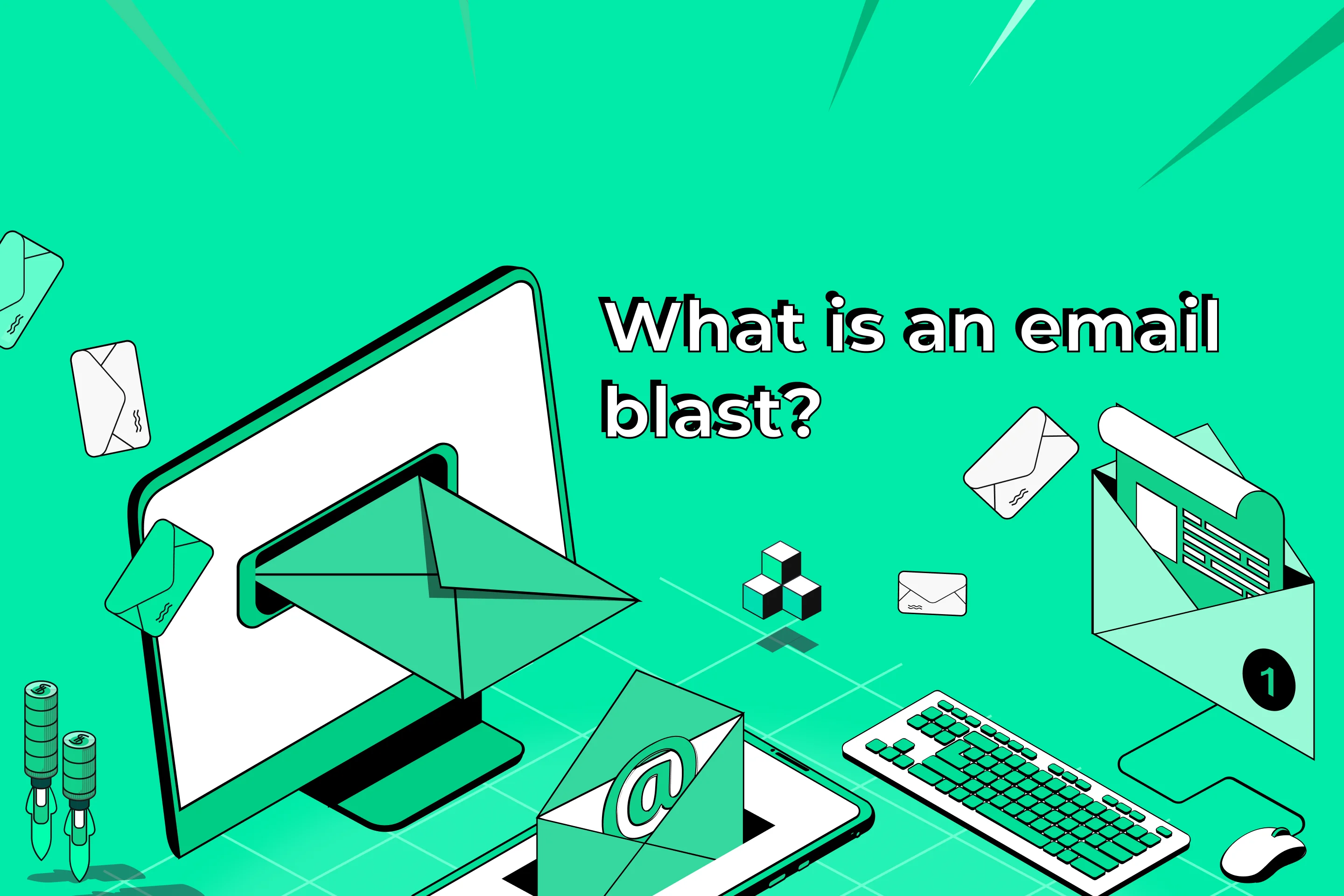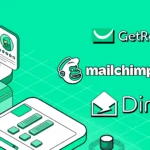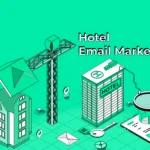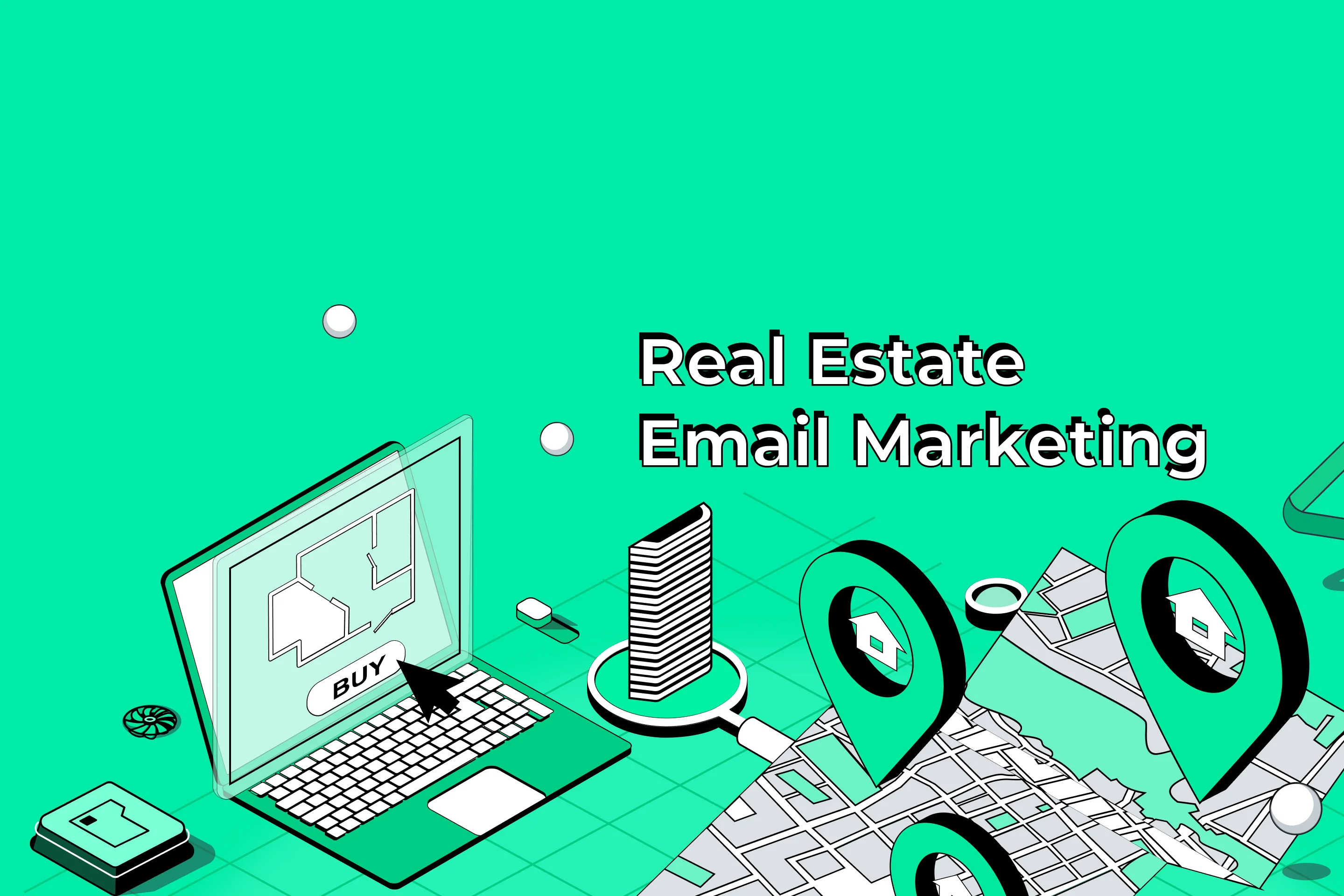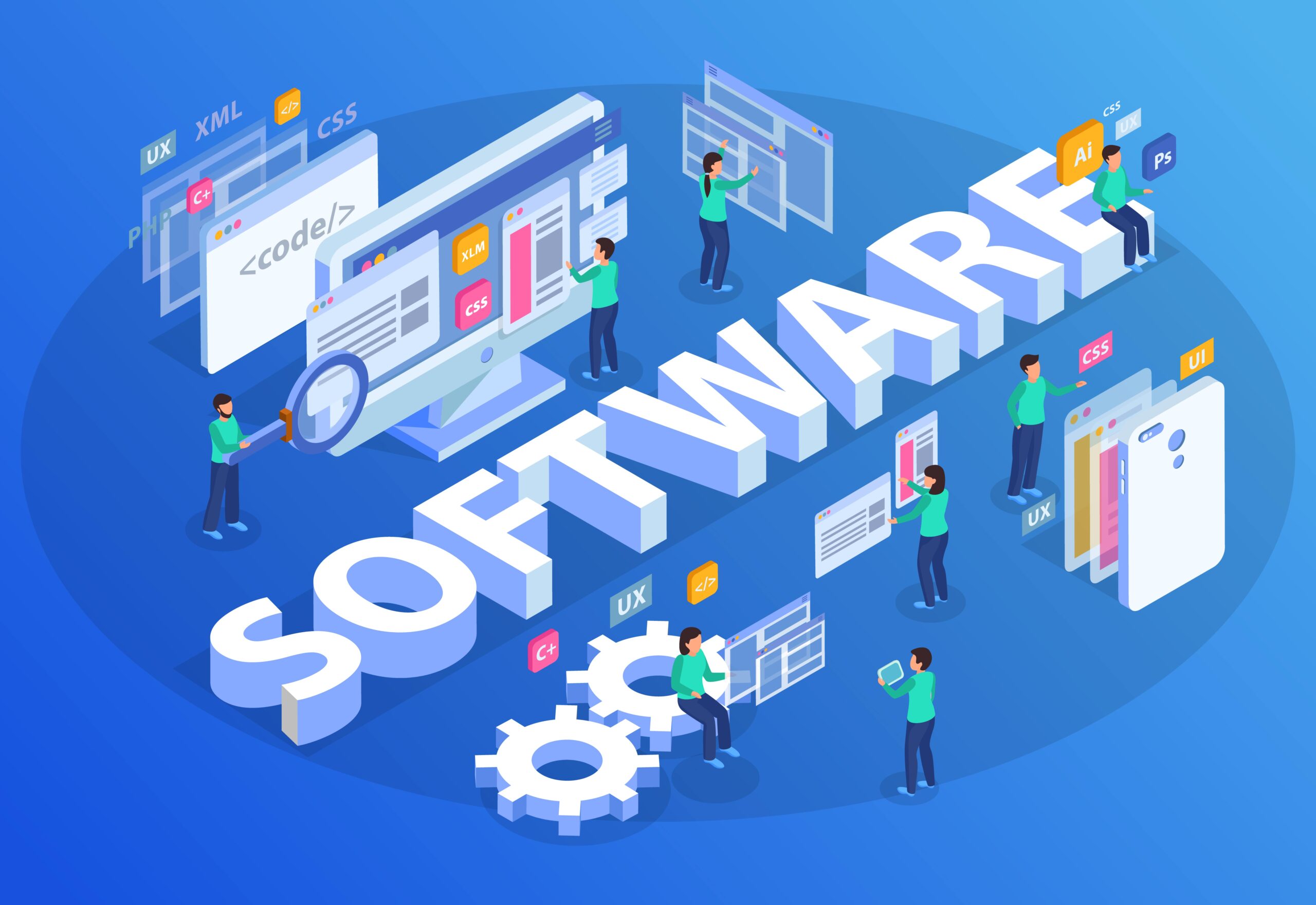What Is An Email Blast? (How To Make An Email Blast)
With the amount of money business owners spend on communicating with their customers using newer channels like mobile and social media, it’s easy to assume that email blasts are becoming less and less relevant.
As it turns out, nothing can be further from the truth.
There is still not a single method of staying in touch with your customers that offers a higher return on investment than email, says the Direct Marketing Association.
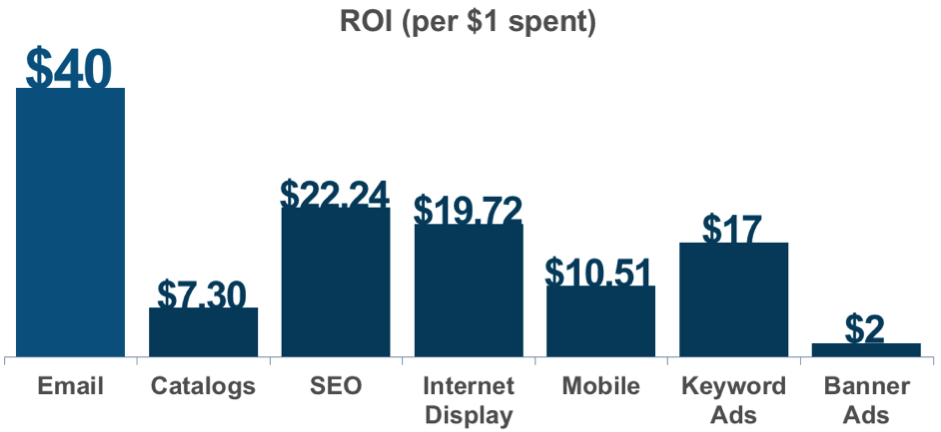
(Source: Crazy Egg)
Another study points out that for each dollar spent on an email campaign, the business owner sees an average return of $44.
This incredible figure is obviously dependent on the email blast being done properly; sadly it’s never as easy as just importing your contact list into an email template and clicking send.
Fortunately, we here at DirectIQ want to see your business to succeed.
This comprehensive guide will help you get the most out of the time and money you put into your email blasts.
Straight off the bat, to unlock maximum value from your email blast, consider the following tips:
- Offer real-world value to the recipient for improved engagement.
- Keep your subscriber lists up-to-date to avoid bouncebacks.
- Get permission from the recipient to ensure compliance.
- Craft email subject lines that stand out in inboxes.
Let’s first take a step back and consider what an email blast is and how it works before breaking some of the above points down further.
What is an email blast?
An email blast is simply any email sent to a large group of people.
The sender could be an individual, a business owner, or even a large organization.
The recipients are generally stored in an email list and the message is sent using email marketing software.
How does an email blast work?
The process of sending an email blast is relatively simple.
First, the sender gathers a list of email addresses to which they will send their message.
This list can be compiled manually, through a sign-up form on the website, or even purchased from a third-party service.
Once the list is collected, the sender must prepare the email content.
This content can be anything from a simple message to a full-fledged marketing campaign complete with images, videos, and links.
When the content is ready, it is time to send the email blast.
Email marketing software will allow you to automate the process of sending out your email blast to dozens, hundreds, or even thousands of recipients at once.
This is done by scheduling the email blast to be sent out at a later date and time or by sending it immediately.
The email marketing software will also provide you with analytics on the performance of your email blast so that you can track things like open rates, click-through rates, and unsubscribe rates.
How To Make An Email Blast (3 Essential Components)
Here are three essential components for your email blast:
- An email marketing platform to power your campaign.
- A list of email addresses and target recipients.
- Compelling email copy to engage recipients.
1 – Change The Way You Think About Email Blasts
Yes, we know this sounds airy and vague, but hear us out
This is an important first step to take.
Information about how to get the most out of your email campaigns isn’t always going to be in black and white.
As with most things in business, there is no definitive do this and don’t do that approach to success in email communication.
Whether some of the strategies we suggest below are appropriate and how you implement them is going to be your call and if you’re going to make the right decisions, you may need to think differently about email blasts.
The term itself creates an image that is not particularly helpful – a marketer putting together information and haphazardly throwing them in the general direction of an audience whom they hope will respond.
The word “blast” communicates a lack of focus and value very much at odds with the best way to connect with customers.
Each email is an opportunity to not only get your customers to do something specific but also to strengthen your relationship with them.
Getting in touch is a chance to engage with them in a way that sets them apart from users who don’t receive emails.
If this idea isn’t the fundamental driving force behind each email campaign, subscribers are not only unlikely to respond in the way you want, but they could also regard the emails as annoying or intrusive.
2 – Offer Real-World Value
If the email’s only focus is on getting the customer to do something that benefits your bottom line, it’s understandable that subscribers could get a little jaded and lose their appetite for opening future emails.
Consider sharing the focus of the email between the call to action you want from your user and offering them something like a discount, early access to a new product, or a free trial period for subscription-based services.
Get creative here.
Give serious thought to what your customers will find valuable.
No one knows their needs better than you and don’t be scared to do some research into what they’d want.
If email subscribers get used to associating your company’s name in their inbox with an exciting subscriber-only offer, their engagement with your emails will increase dramatically.
What to Bear in Mind
It’s important to think carefully about what discounts and special offers to extend to your subscribers.
Find a balance between what will be valuable to them and what won’t affect your profit margins.
There is no benefit in discounting a highly-sought-after product or one that is already selling well. Avoid offering a product or service to a user that already owns.
You don’t want to offer a user the same or an inferior product they already own.
The best way to avoid this is to ensure your email lists are correctly segmented.
Rather than take the easy way out of making one blanket campaign, run parallel campaigns for users with different needs.
Think about this as an opportunity to shine a light on a lesser-known product which may not have been discovered by your users yet.
Emails become an especially valuable space for this type of promotion once they have earned a certain amount of credibility with your subscribers.
3 – Get Into Your Subscribers Inbox
Ensuring that emails ends up in a place where customers can see them is a severe headache for email marketers.
All popular email services like Gmail, Yahoo, and Outlook have extremely effective filters for ensuring that their users don’t end up with inboxes full of content they never signed up for.
However, keeping their users inboxes spam-free isn’t an exact science and oftentimes these spam filters err on the side of caution, regularly dumping your hard work into a folder many email users aren’t even aware of Return Path’s annual deliverability benchmark report states that as many as 20% of commercial emails don’t reach their recipient’s inbox.
That’s one out of every five emails that could result in a sale not being seen by a potential customer.
In other words, missed revenue.
Email providers have gotten much smarter in recent years when it comes to identifying spam.
Getting your communications past this virtual policeman is no longer just a case of avoiding certain keywords like lose weight and exciting investment opportunity.
Previous Engagement Is Key
Email providers actively evaluate each incoming email against their users previous interaction with an email from the same source when deciding whether it gets to the inbox, is relegated to Gmail’s promotions tab, or thrown into the dreaded spam folder.
This means marketers are doubly incentivized to get subscribers to engage with an email.
Each time a subscriber opens or replies to one of your emails, your future campaign is more likely to get into the inbox.
Other positive interactions include adding the sender to the address book and moving the email to a non-spam folder.The user deleting the email without opening it is a bad sign, as is moving it from the inbox to the spam folder.
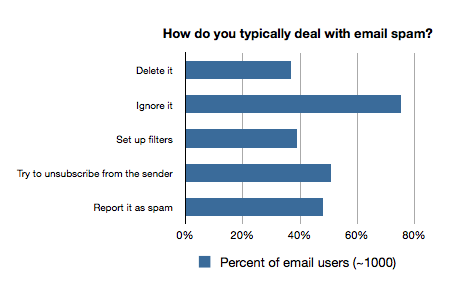
(Source: Abine)
Basically, by doing everything possible to encourage positive engagement with the email, the marketer is rewarded not only by getting eyes on its content, but also ensuring the success of future campaigns.
Choose Your Service Providers Wisely
When choosing an email service provider, try to think beyond affordability.
The reputation of the company that sends your email blasts plays an important role in whether email services allow their emails past their spam filters.
If your email blast comes from an server that has regularly been used to send spam, the likelihood of your communication ending up in the recipient’s inbox is very low.
Partner with a company that actively prevents their platform being used to send spam.
Don’t hesitate to contact them directly to ask about this.
Ask them not only about their spam-prevention policies but also what functionality they have in place to prevent this from happening.
In addition, certain email marketing services offer features that assess the likelihood of an email being blocked by spam filters.
Running this test over a campaign prior to submitting it provides valuable information on how to avoid this from happening.
DirectIQ’s Spam Doctor feature is a good example of this, testing the email against the spam filtering rules of dozens of service providers such as Gmail, Yahoo and Outlook.
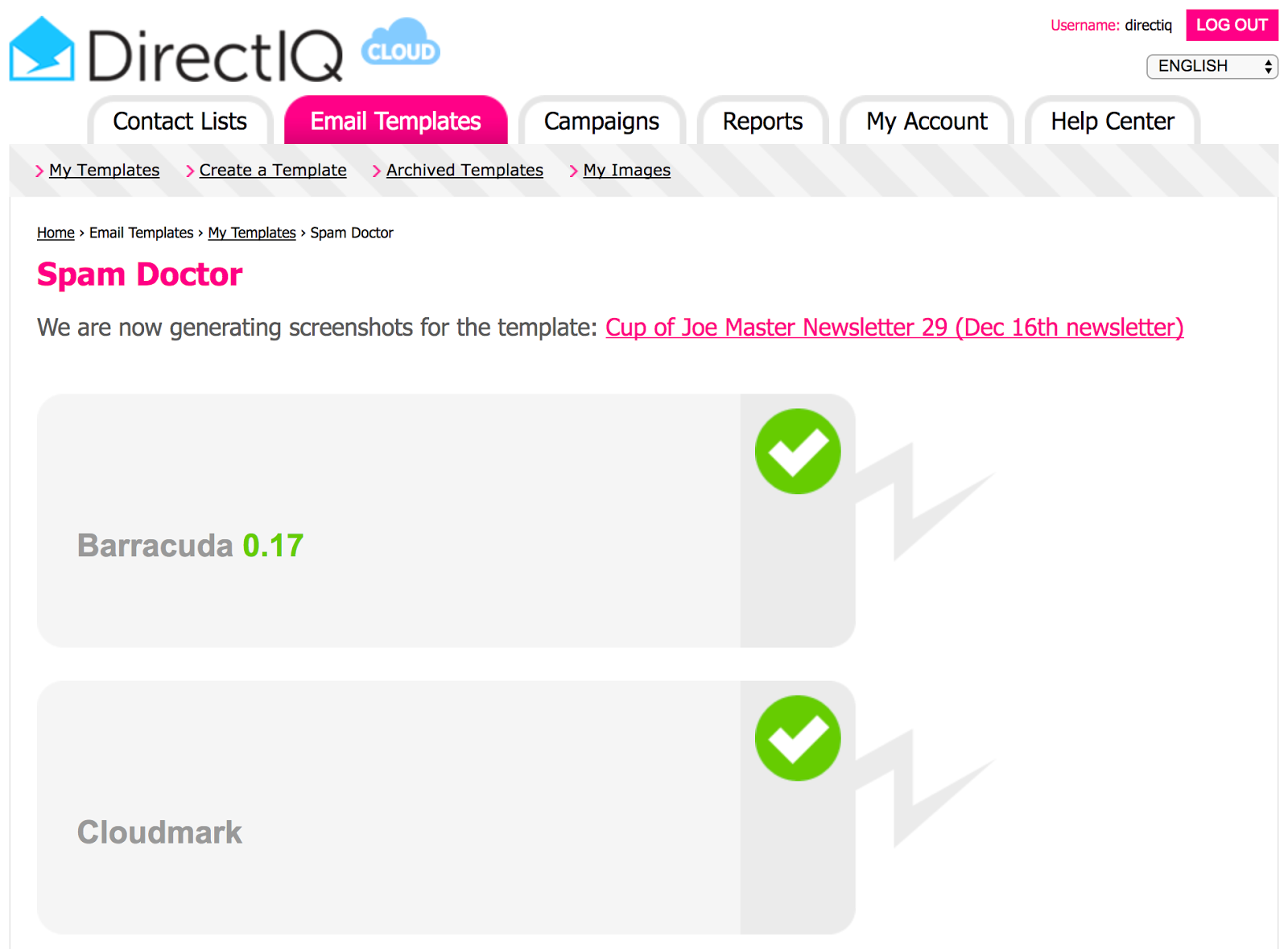 (Source: DirectIQ)
(Source: DirectIQ)
Keep Your Subscriber Lists Up To Date
Email service providers take the number of inactive recipients in your email blast into account when considering whether to allow you past their spam filters.
If your campaign includes emails to a large number of accounts that are either no longer active or have not been used for a long time, alarm bells start to ring.
Email services want to see senders of bulk email campaigns make an effort to send only emails that will be seen by their recipients, since this is something spammers are unlikely to care about.
Most popular email marketing services offer functionality that strikes a recipient from a list once a certain number of emails to a specific recipient bounced back as undeliverable.
Don’t be overeager to remove a subscriber, though; there are valid reasons why an email cannot be delivered. Consider only removing such a subscriber after four or five bounces.
4 – Get Permission
Aside from running the risk of defying the CAN-SPAM Act and incurring a fine of up to $16,000 per violation, including non-subscribers in an email blast is likely to seriously damage your credibility with recipients and prompt them to report your email as spam.
Yes, it seems so easy to simply buy an email list of potential customers from any number of online vendors, or to just manually enter addresses from business cards or websites, but the potential benefits don’t come close to outweighing the risks.
Also, make sure that your process of gathering recipient details (called the opt-in process) makes it clear to your users that they are signing up for a recurring email.
Don’t hide this opt-in action behind a new user’s registration or any other process that requires them to give you their contact details.
.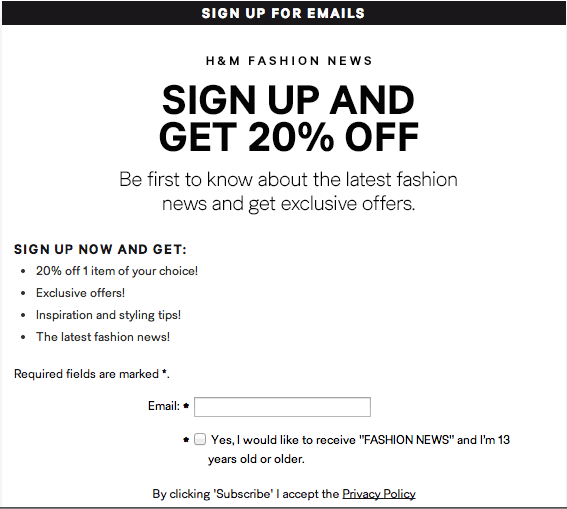
(Source: Wordstream)
5 – Write An Effective Subject Line
Aside from the email’s sender, the only information a recipient sees without needing to click on anything is its subject.
It’s the only part of the email that a user is virtually guaranteed to read, making it the most powerful tool at the marketer’s disposal when encouraging that vital first engagement: getting them to open the email.
The percentage of each email blast’s emails that users open is referred to as the campaign’s open rate.
In the United States, this figure is generally in the vicinity of 21%, as per IBM’s 2016 Email Marketing Benchmark Study.
By giving recipients an enticing preview of the valuable information they’re going to find in the body of the email, you’re taking a big leap towards reaching, or even exceeding, this figure.
What Makes A Great Subject Line?
Subject lines that make users want to open the email are those that make them feel something.
A concise, creative sentence that creates an emotional response is better than one that simply says what’s inside.
In short, try to get your subscriber excited by what they’re going to find in the email. Below are examples of effective subject lines that, according to a study by Optin Monster, appeal to a combination of emotions that recipients respond well to.
Urgency
- Guess: Tonight only: A denim lover’s dream
- JetBlue: You’re missing out on points
Curiosity
- Grubhub: Last Day To See What This Mystery Email Is All About
- Refinery29: 10 bizarre money habits making millennials richer
Humor
- Groupon: Deals That Make Us Proud (Unlike Our Nephew, Steve)
- Baby Bump: Yes, I’m Pregnant. You Can Stop Staring At My Belly Now.
Vanity
- Guess: Don’t wear last year’s styles
- Fabletics: Your Butt Will Look Great in These Workout Pants
Greed
- Rapha: Complimentary gift wrap on all purchases
- The Black Tux: Get priority access
Support
- IKEA: Get more kitchen space with these easy fixes
- HP: Stop wasting money on ink
Don’t be scared to involve a more creative employee or even a specialist copywriter when thinking up clever and creative ways to grab your recipients attention with your subject lines.
Don’t mislead your audience
While over-promising what the recipient can expect in the email might result in a better open rate in the short term, there is a strong possibility of your user ignoring future mails or flagging the mail as spam.
.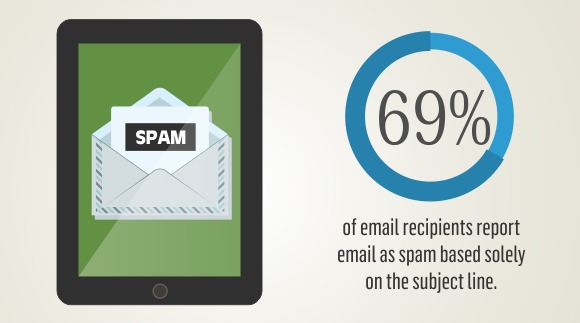
Many users have also become pretty adept at spotting obviously misleading subject lines.
In fact, according to a study conducted by conversion optimization experts Invesp, 69% of email recipients are willing to report an email as spam if they lack confidence in the subject line.
Conclusion
Even though less traditional communication methods are becoming more and more popular, bulk email campaigns are still as effective a method of speaking with customers as ever.
What’s important to remember is that customers are becoming more wary of scams and their patience with paint-by-numbers campaigns is dropping off.
Keeping them engaged by providing value and respecting their time and privacy requires little more than a change in attitude from the marketer.
Email providers and the products they use to create and send campaigns are also becoming increasingly focused on protecting their users from emails that offer little value and are potentially misleading.
Remain aware of their policies and the rules that govern spam filtering.
Making sure that email blasts are as successful as possible comes down to marketers having a renewed appreciation for their audience and the tools they use to communicate with them.
A simple change in attitude goes a long way to improving your customers interaction with the emails you send them.
Are you ready to get started? Sign up to DirectIQ for free today!







